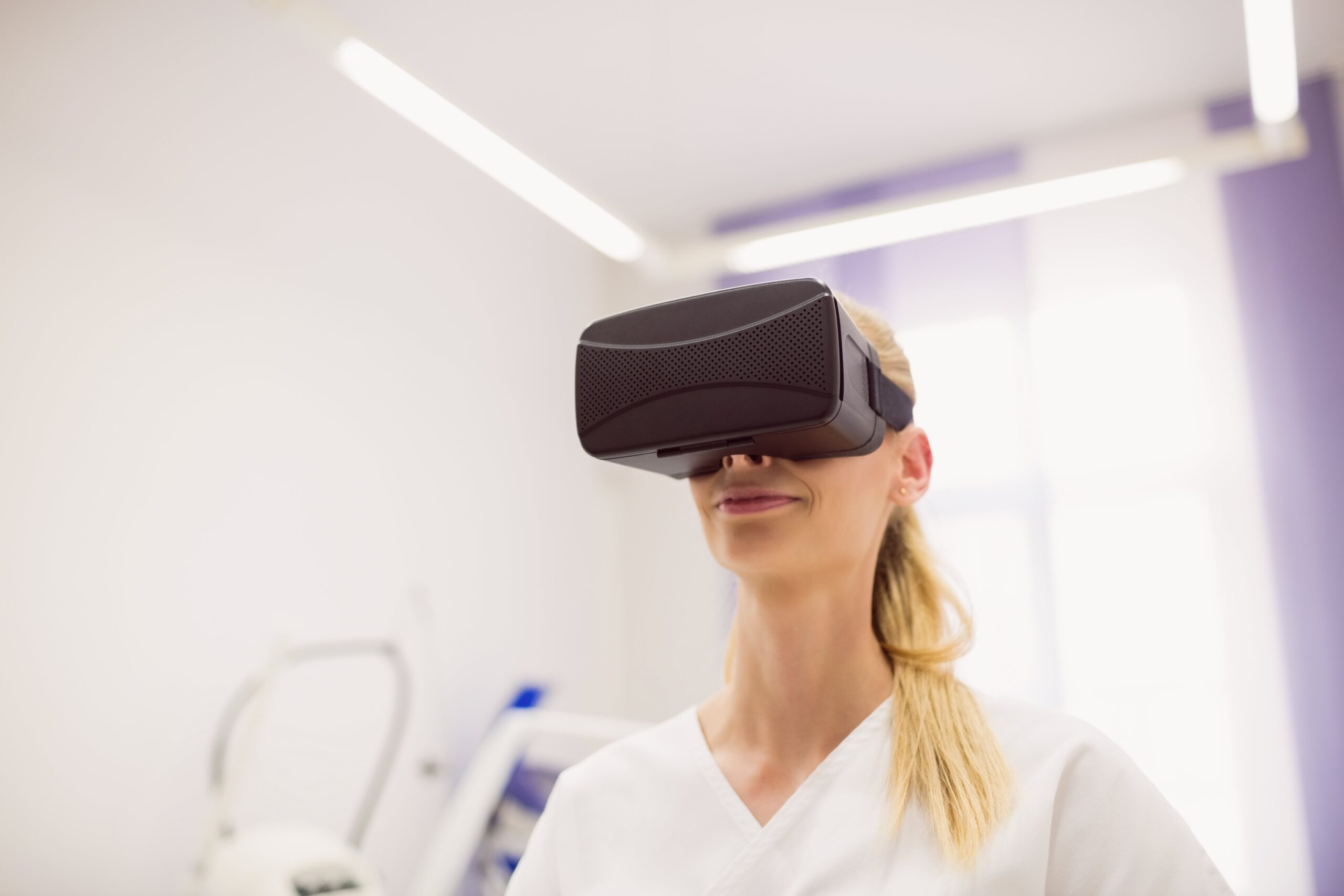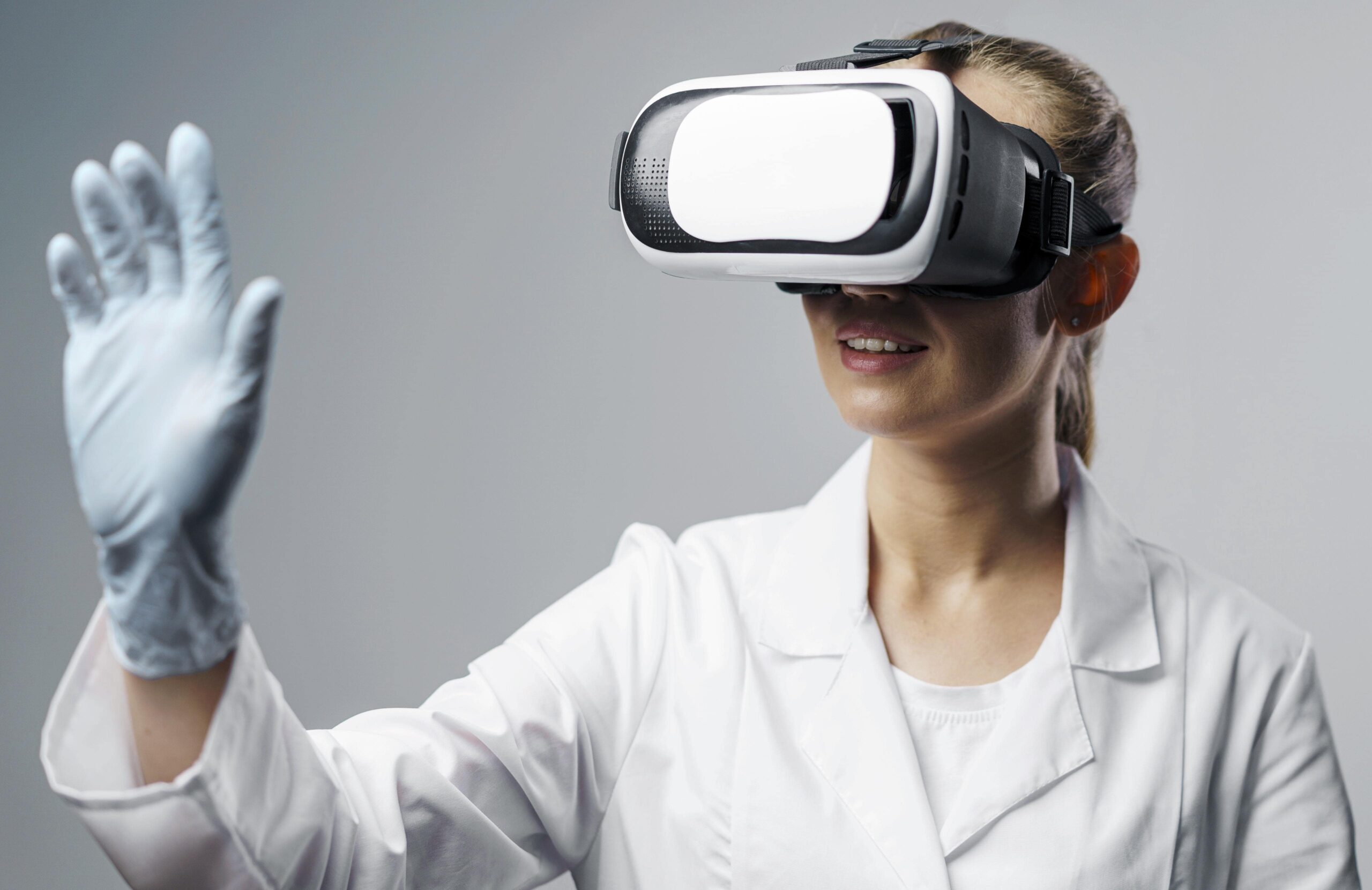VR Headsets and Eye Health: Understanding, Risks, and Recommendations
Virtual Reality (VR) headsets have revolutionized our digital experiences, offering immersive journeys into virtual worlds. However, as with any technological advancement, questions arise about their impact on our well-being, particularly our eye health. Let’s delve into the dynamics of VR headsets and their effects on our eyes.
The Visual Mechanics of VR Headsets
Most VR headsets feature two small LCD monitors, one for each eye, creating a stereoscopic effect that tricks our brains into perceiving depth. These monitors are positioned in close proximity to the eyes, raising concerns about potential negative effects, especially during extended usage.
Eye Strain and Virtual Exploration
Extended periods of focusing on a single object, a common occurrence in VR experiences, can lead to eye strain. This phenomenon is not unique to VR; it’s akin to the eye fatigue one might experience after a long movie or extended computer or smartphone use.
Children and Visual Development
Recognizing the ongoing development of a child’s visual system, many VR headset manufacturers issue warnings about prolonged use for children. Extended exposure to the unique visual postures induced by VR could potentially impact the development of crucial visual skills, such as focusing, tracking, and depth perception.
Cybersickness: Motion and Perception Mismatch
The term “cybersickness” describes a form of motion sickness associated with VR. It occurs when there’s a disconnect between visual information and the body’s perceived position. This mismatch can lead to discomfort, nausea, and other symptoms. It’s a reminder that our eyes and inner ears need to align for a seamless virtual experience.
The Positive Potential: Vision Improvement
Amid concerns, there’s a silver lining. Some VR headsets, when used under optometrist guidance, have shown promise in contributing to vision development and improvement. Specifically designed systems aim to enhance visual acuity in conditions like amblyopia (lazy eye) and improve eye-hand coordination, depth perception, reaction time, and overall eye coordination.
Recommendations for Healthy VR Use
1. Follow Warnings:
· Heed manufacturer warnings, especially regarding children’s usage. These guidelines are in place to protect developing visual systems.
2. Limit Virtual Time:
· Prolonged exposure to VR should be avoided. Take breaks to reduce eye strain and minimize the risk of cybersickness.
3. Regular Eye Examinations:
· Schedule regular comprehensive eye examinations with an optometrist. These check-ups contribute not only to eye health but also to overall well-being.
4. Optimized Usage:
· When using VR, ensure the room is well-lit, and the headset is adjusted for optimal comfort. Consider the 20-20-20 rule—take a 20-second break every 20 minutes, focusing on something 20 feet away.
The Evolving Landscape of Virtual Reality
As VR technology advances, so does our understanding of its effects on eye health. New technologies and applications continually emerge, offering both challenges and opportunities. While paying attention to warnings and guidelines, users can enjoy the benefits of VR while safeguarding their eye health.
In the ever-evolving realm of virtual reality, responsible usage, periodic eye check-ups, and staying informed about advancements will ensure that the journey into the virtual world remains captivating and, most importantly, visually comfortable.







